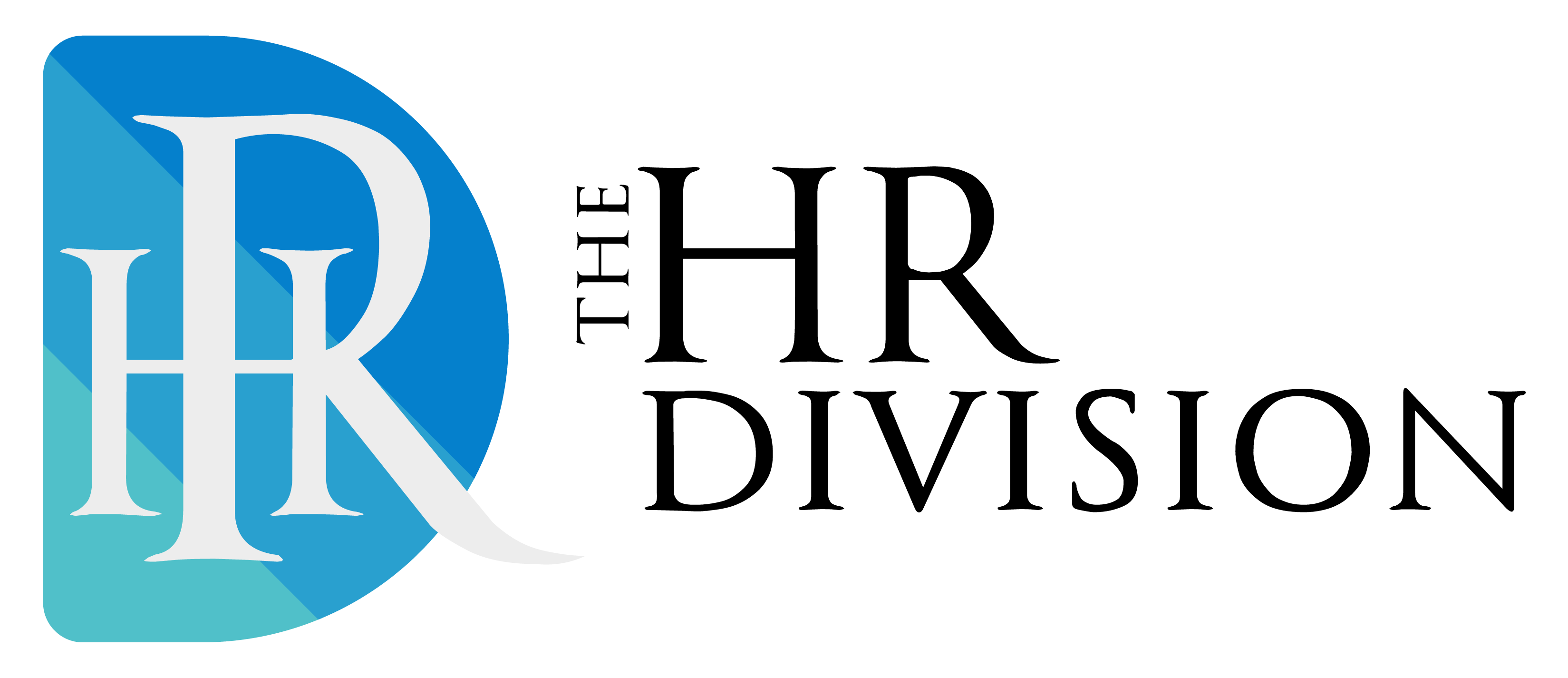While wanting to run your business as productively as possible, it is essential to comply with legislation and employment regulations. Below, we offer an overview with advice on the key points to watch.
Effects of the Coronavirus pandemic
Clearly, the coronavirus pandemic has affected employee attendance at work and – in some cases – the availability of staff for teleworking. Individuals who have tested positive for coronavirus or identified symptoms in themselves have to self-isolate to minimise propagation of the illness.
Until the vaccination programme has a more significant effect or nears completion, COVID-19 is likely to continue affecting work patterns due to lockdowns, travel restrictions and quarantine.
Record lows in sickness time off
Nonetheless, according to information published by the Office for National Statistics, employee sickness absence before the first COVID-19 lock down had fallen to record lows. When records began in 1993, the average number of sick days taken by UK workers was 7.2 days per year. By 2017, this annual figure had fallen to just 4.1 days.
At the end of 2017, the sickness absence rate was 1.7 per cent in the private sector. Conversely, in the public sector, sick time off stood at 2.6 per cent, versus 3.3 per cent for health workers. All calculations assumed a 7.5-hour working day.
However, the surprisingly low ratio in the private sector gave rise to concerns that some employees were attending work even when unwell. Logically, as the opposite of absenteeism, the phenomenon became known as presenteeism. Between 2017 and 2019, researchers for BBC Worklife and Insight discovered that, disquietingly, as many as seven in ten workers had been going in to work when ill.
Employers’ concerns
Being off-colour affects employees’ ability to perform their work role to the usual standard, but working during illness also reduces job satisfaction. In turn, for the employer, presenteeism could damage corporate standing, affect approval ratings and diminish business reputation as an employer of choice.
Legally, every employer has a duty of care towards employees’ health and well-being within that business or organisation. Even more worryingly in the short term, there is an increased risk of spreading a virus or bacteria across the workplace and infecting other staff – thus impinging on workflow.
In its analysis of the situation in 2017, the Independent reported that these seven out of ten employees in private companies represented 18 million workers across the UK. Disturbingly, more than two in five had mentioned concerns that work would pile up and cause a stressful backlog if they took time off.
Employees’ rights
The Employment Rights Act defines the minimum terms and conditions of payment to employees who cannot work due to injury or illness.
If employees earn more than the lower earnings level (LEL), they are entitled to SSP (statutory sick pay) except for the first three days of absence. Qualifying days are those on which the employee usually works, in line with the written particulars of employment.
For an incidence or recurrence of the same illness, SSP is payable for a maximum of twenty-eight weeks. Currently (2021), it is £95.85 a week.
It is advisable to follow best practice recommendations and cover sickness absence in the written particulars of employment contracts. Employers should also prepare and document their corporate sickness policy, ensuring that copies are available for staff to consult.
Management of employee sickness absence: company policy
Company sickness policy should be clear and transparent. As a minimum, it ought to include the following points on how to manage absence.
- Notification procedure. If an employee is unable to work, this section of sickness policy details whom he or she is to inform, the information required and any time limits.
- Documentation. When applicable, for short term absence, employees can self-certify. For longer absences, the employee has to obtain a fit note (previously known as a sick note).
- Requirements for medical examinations with consent, or occupational health assessments.
- Payment details including SSP and additional company sick pay, if applicable.
- Management monitoring and recording of sickness absence.
- Reasonable measures to assist employees with health conditions and support them when returning to the workplace, including phased returns and special equipment to assist with their health condition.
- Termination of employment and the process to determine the circumstances in which the employer can dismiss an employee because of ill health.
During sickness absence, employees must stay in contact with the employer and keep them informed of the anticipated return date.
Return to work procedure
After the individual comes back, the employer should carry out a return to work interview to check that the worker or staff member is suitably fit to return to their regular duties. Usefully, in addition to complying with an employer’s duty of care, such interviews provide an opportunity to discuss any health questions and concerns.
Employers ought to record all sickness absence, including the dates and reasons. Such attention to detail helps to identify emerging trends, thus facilitating effective and timely management if appropriate.
Notably, maintaining these records could also highlight unusually low levels of absence due to presenteeism. Alternatively, it might reflect a systemic failure to record sick days correctly.
Frequently asked questions
What should I do if an employee is not genuinely ill?
Proving such situations may not be easy; a report from a medical practitioner will probably be essential. Nevertheless, record and monitor all sickness absence to identify patterns and address them with the employee.
What should an employee do if he/she wants to come back to work before the date specified on the fit note?
In these cases, the best advice is to first obtain an amended note.
Can you oblige an employee to take sick leave?
Such an obligation is possible only if specified in the written particulars of the employment contract.
Can an employer contact employees while they are on sick leave?
Yes; contact ought to continue at intervals and within standard office hours.
Does an employee have to tell his or her employer the detailed health reason for the sickness absence?
Employers can ask for and should record the reason(s) given.
Is it acceptable to call in sick during probationary periods?
Yes, providing there is a genuine reason for the absence.







